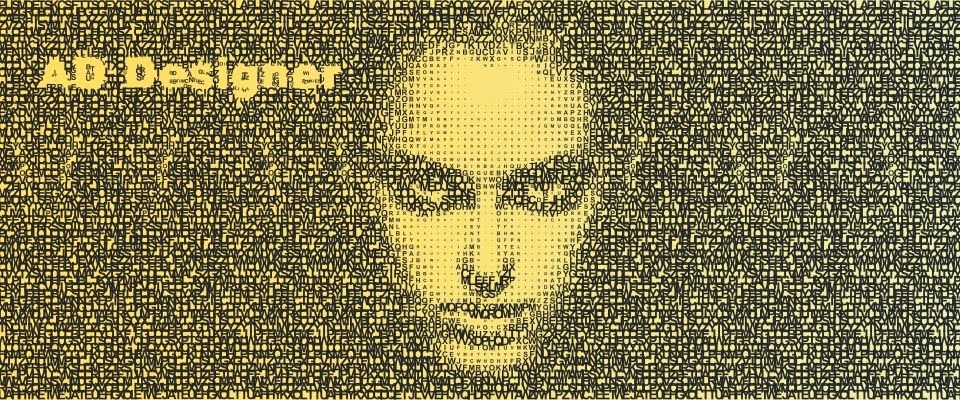Video technology was first developed for cathode ray tube television systems, but several new technologies for video display devices have since been invented. Charles Ginsburg led an Ampex research team developing one of the first practical video tape recorder.
In 1951 the first video tape recorder captured live images from television cameras by converting the camera's electrical impulses and saving the information onto magnetic video tape.
The use of digital techniques in video created digital video, which allowed higher quality and, eventually, much lower cost than earlier analog technology.
As of 2015, with the increasing use of high-resolution video cameras with improved dynamic range and color gamuts, and high-dynamic-range digital intermediate data formats with improved color depth, modern digital video technology is slowly converging with digital film technology.
Frame rate, the number of still pictures per unit of time of video, ranges from six or eight frames per second (frame/s) for old mechanical cameras to 120 or more frames per second for new professional cameras. PAL standards (Europe, Asia, Australia, etc.) and SECAM (France, Russia, parts of Africa etc.) specify 25 frame/s, while NTSC standards (USA, Canada, Japan, etc.) specify 29.97 frames. Film is shot at the slower frame rate of 24 frames per second, which slightly complicates the process of transferring a cinematic motion picture to video. The minimum frame rate to achieve a comfortable illusion of a moving image is about sixteen frames per second.
Client: Dacora



Niciun comentariu:
Trimiteți un comentariu